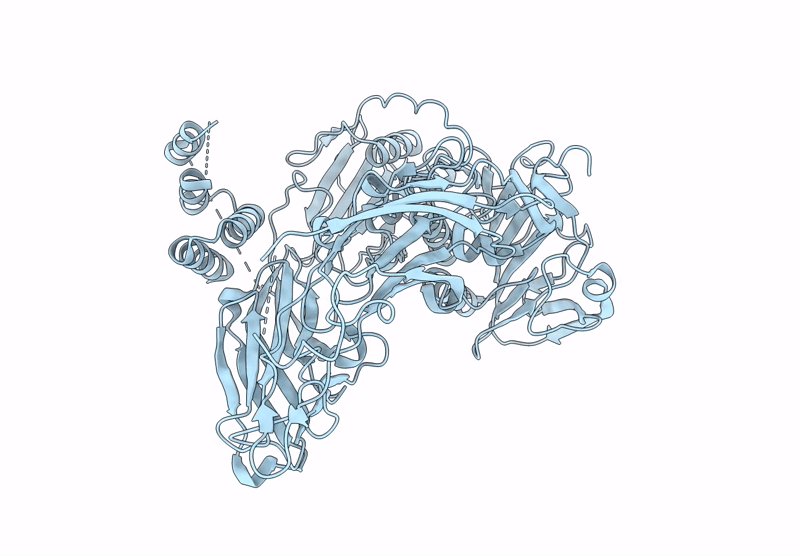
Deposition Date
2024-03-30
Release Date
2025-02-19
Last Version Date
2025-05-28
Entry Detail
PDB ID:
9B8I
Keywords:
Title:
Cryo-EM structure of the E. coli cellulose synthase BcsB-BcsC fusion protein
Biological Source:
Source Organism:
Escherichia coli (Taxon ID: 562)
Host Organism:
Method Details:
Experimental Method:
Resolution:
3.18 Å
Aggregation State:
PARTICLE
Reconstruction Method:
SINGLE PARTICLE


